By Kelvin Muhia
An educator, a civil rights activist, a preservationist and an anti-lynching campaigner, Mary Burnett Talbert was one of the most influential African American women in the U.S. during his time. Born on September 18, 1866, in Oberlin Ohio, Talbert studied and graduated from Oberlin High School (at the age of 16) before enrolling at Oberlin College, where she graduated with a degree in literacy programs.
After her graduation, she was offered an opportunity to teach at Bethel University in Little Rock, Arkansas, and taught History, Algebra, Mathematics, and Latin. Having accomplished so much at such a young age, Talbert had made a name for herself in the education field. In 1887, she was elected as Assistant Principal of Union High School, becoming the first African American woman to hold such a senior most position.
On September 8, 1891, she married William H. Talbert, with whom she bore a daughter named Sarah May. As she was consumed with family duties, she was forced to resign from her position to move to Buffalo with her family.
Life in Buffalo
After moving to Buffalo, Talbert established herself as a potential civil rights leader and served as president of the newly formed Christian Culture Congress, a literacy forum that was formed to address the wellbeing of African Americans. She was also an active member—and later president—of the Phyllis Wheatley Club, which was an affiliate organization of the National Association of Colored Women (NACW). The organization was formed to promote the living standards of women and children living in Buffalo.
During her tenure as president of the Wheatley Club, Talbert invited influential leaders, such as W.E.B. Du Bois, to her home to discuss about the formation of the Niagara Movement; she was ultimately appointed as one of the board of directors of the movement. In 1916, Mary Burnett was named president of the NACW and vice-president of the NAACP, becoming the first woman to hold such a central post in these organizations.
Reached out to all women in all global dimensions
Talbert’s contribution in the NACW did not just end in Buffalo. She was able to reach out to many people throughout the nation through working as a nurse during the start of World War I. After the war, she worked with other prominent women from all corners of the globe such as Japan, China, Africa, and Turkey to try and solve problems facing black women.
In 1920, Mary Burnett was elected a delegate in the International Council, becoming the first African-American woman to hold such a post. On September 16 the same year, Mary addressed 660 delegates from 33 countries about the racial discriminatory life blacks were living in America.
In 1922—a year before her death—Mary Burnett organized the purchase of Frederick Douglass’ home in Anacostia, which was aimed at becoming a national shrine to honor Douglass and other African Americans who had made major contributions for the black race. Mary B. Talbert later died on October 15, 1923, in New York at the age of 57.
Sources:
http://biography.yourdictionary.com/mary-morris-burnett-talbert
https://www.womenofthehall.org/inductee/mary-burnett-talbert/








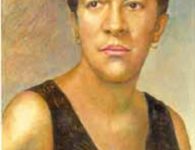

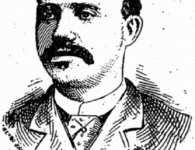
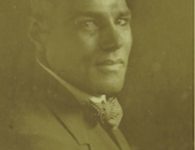

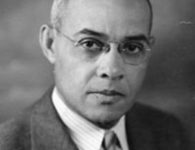

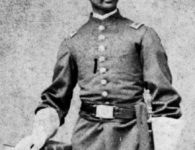
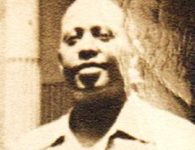




No comments